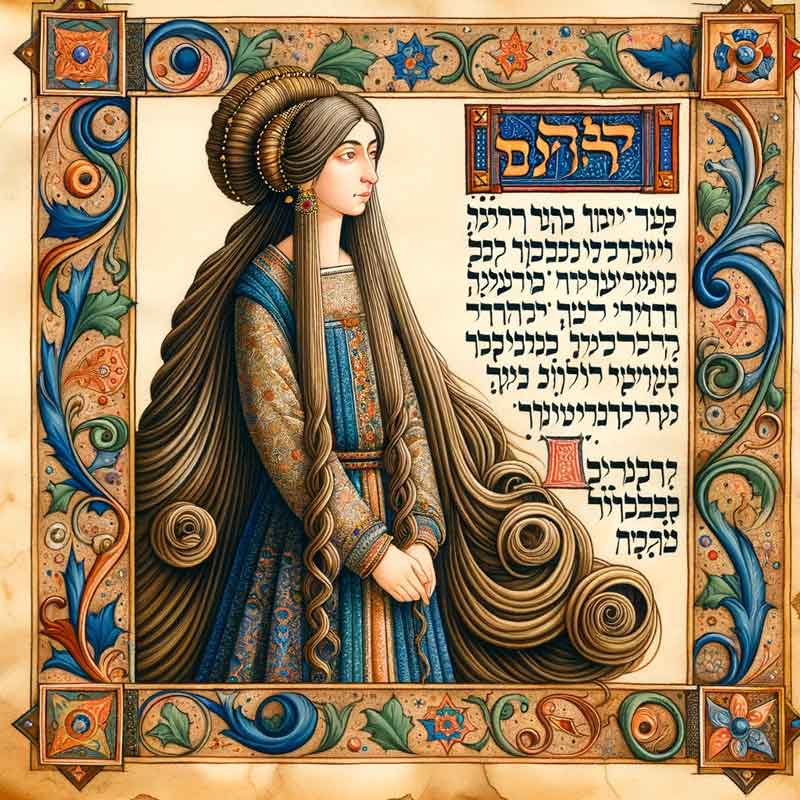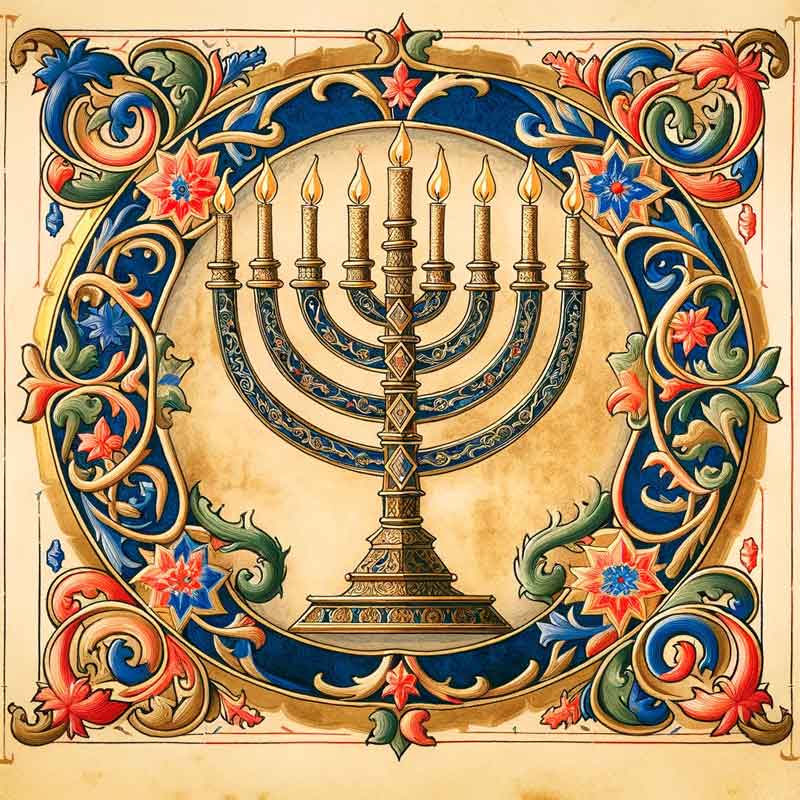Dear Rabbi Joshua,
My name is Michael Rodriguez, and I’ve been curious about a topic that seems to be increasingly relevant in today’s society. With the growing legalization and use of cannabis, I’ve been wondering, can Jews smoke weed? How does Judaism view the use of cannabis, especially in places where it is legal?
Judaism’s Stance on Health and Substance Use
The Jewish tradition places a high value on health and well-being, considering the body a divine trust that must be cared for with respect. The Torah and Talmud provide guidance that is central to understanding this issue. In general, Judaism does not forbid the use of substances that can alter one’s state of mind; rather, it seeks to regulate their use to ensure they do not harm one’s health, well-being, or moral judgment.
The Legality and Ethical Considerations
One important factor in Jewish law (Halakha) is dina d’malkhuta dina – “the law of the land is the law.” This means that if cannabis is legally permissible in one’s country or state, its use is not automatically prohibited by Jewish law. However, legality does not equate to permissibility in all cases. The ethical considerations, such as the potential for addiction or harm, the impact on one’s family and community, and the use of cannabis for purely recreational versus medicinal purposes, play a crucial role in the Jewish evaluation of its use.
The Context of Use: Medicinal vs. Recreational
In cases where cannabis is used for medicinal purposes, such as to alleviate pain or treat certain medical conditions, many Jewish authorities view its use as permissible and sometimes even commendable, in line with the mitzvah (commandment) of preserving health and life. However, recreational use is more complex and is often viewed through the lens of Jewish values such as moderation, the sanctity of the mind and body, and the importance of not impairing one’s ability to fulfill religious and moral obligations.
The Principle of Shmirat HaGuf – Guarding One’s Health
Central to the discussion is the principle of Shmirat HaGuf, or guarding one’s health. The Rambam (Maimonides), a preeminent medieval Jewish philosopher and scholar, emphasized the importance of maintaining one’s health as a prerequisite for serving God and engaging in spiritual pursuits. Therefore, any substance use, including cannabis, must be considered in the light of its effects on one’s physical and mental health.
Community and Personal Responsibility
Judaism also places a strong emphasis on personal responsibility and communal welfare. The use of cannabis, like any other substance, should not lead to behavior that harms oneself or others, disrupts the harmony of the community, or detracts from one’s responsibilities and relationships.
Conclusion
In conclusion, while there is no blanket prohibition on the use of cannabis in Judaism, its acceptability largely depends on the purpose, manner, and context of its use, as well as its legal status. As with many issues in Jewish law, the guidance of a knowledgeable rabbi or authority is invaluable in navigating these considerations.
Warm regards,
Rabbi Joshua


